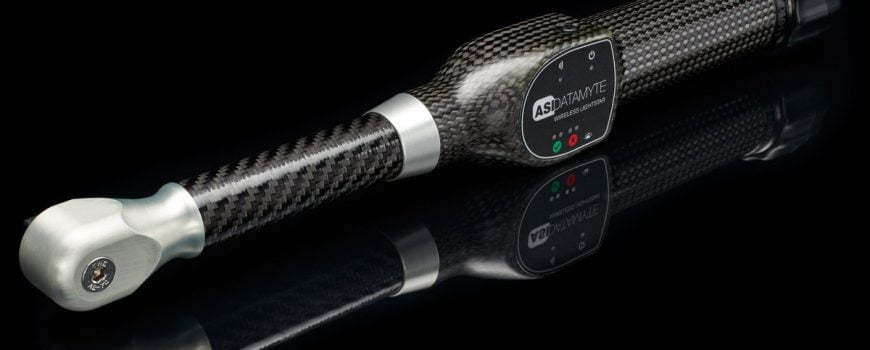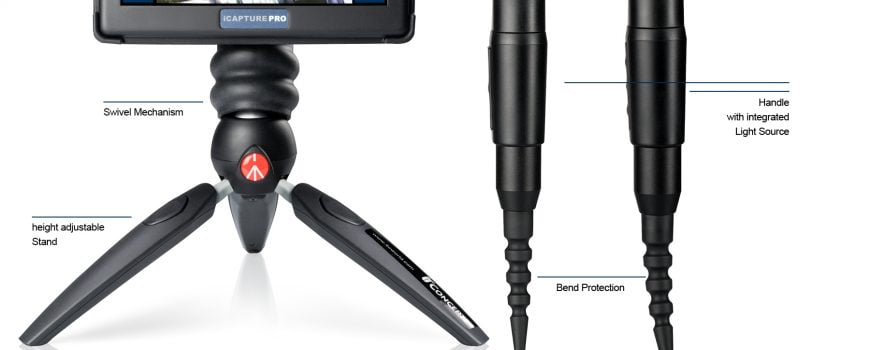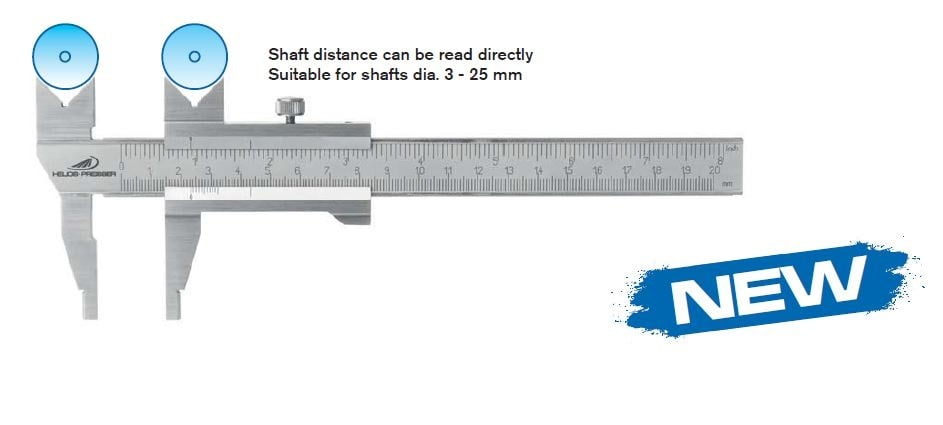Powder X-Ray Diffractometer - GNR APD 2000 PRO
X-Ray Diffraction (XRD) is a non-destructive technique for the qualitative and quantitative analysis of the crystalline materials, in form of powder or solid.
GNR has developed, in cooperation with academic and industrial users, a set of technically advanced and flexible diffractometers able to satisfy different level of requirements and different operating budget.
GNR XRD Product Portfolio covers a huge range of applications for materials characterization and quality control of crystalline or non-crystalline materials such as powders, specimens, thin films or liquids.
Basically XRD is obtained as the “reflection” of an X-ray beam from a family of parallel and equally spaced atomic planes, following the Bragg’s law: when a monochromatic X-ray beam with wavelength l is incident on lattice planes with an angle q, diffraction occurs if the path of rays reflected by successive planes (with distance d) is a multiple of the wavelength.
Qualitative analysis (phase analysis) can be done thanks to the comparison of the diffractogram obtained from the specimen with a huge number of patterns included in the official databases. Single phases and/or mixtures of phases can be analysed with the programs available today.
Many Investigations can be performed with the help of X-ray diffraction.
Residual Stress Forces that results in a small compression or dilatation of the d-spacing. With XRD it is possible to measure the strain (the deformation of the original lattice) and the stress is calculated thanks to the knowledge of the elastic constants of the material
Texture It is the preferred orientation of the crystallites in a specimen. If a texture in a material is present, the intensity of a diffraction line changes with the orientation of the sample respect to the incident beam.
Crystallite size and micro strain These information are obtained by the analysis of the width and the shape of the diffraction lines.
Structure analysis XRD is used to investigate the crystallographic structure of a material. The position and the relative intensities of the diffraction lines can be correlated to the position of the atoms in the unit cell, and its dimensions. Indexing, structure refinement and simulation can be obtained with specific computer programs.
Thin film Keeping the incident beam at low angles, it is possible to investigate the properties of multilayers, minimising the interference of the substrate. On the same way, reflectometry can be performed.
The latest powder X-Ray Diffractometer developed by GNR
APD 2000 PRO diffractometer is an high power – Theta/2Theta – laboratory powder X-Ray Diffractometer equipped with all the most moder technical features which grant accuracy, precision, safety and easiness of use for XRD analysis of polycrystalline materials.
Thanks to a wide offer of configurations and accessories such as high-speed detector, scintillation counter, high-low temperature and humiduty chamber, secondary monochromator, spinner and multiple sample holder, APD 2000 PRO is a powerful tool for powder diffraction applications such as routinary qualitative and quantitative phase analysis, non-ambient analysis, structure solution and refinement, crystallite size and degree of crystallinity calculation.
- High Speed Rate (1000°/min)
- High Precision Angle Reproducibility (+/- 0.0001°)
- Fast Measurement and Highly Reliable Data
- Extremely precise angular values thanks to stepper motors with optical encoders
- Easy to handle
APD 2000 PRO Key Features
- Qualiltative and Quantitative Powder X-Ray Diffractometer
- High Stability X-Ray generator through precision feedback control circuits
- Automatic ramp of the high voltage and emission current to preset values
- Ceramic X-Ray tubes with high reproducibility and stability of focus position
- Microfocus tubes and policapillary collimators
- Possibility of changing automatically from transmission to reflection mode
- High precision, high speed goniometer controlled by optical encoders
- Traditional, rotating, multi sample and capillary sample holders
- Scintillation counters, silicon strip and energy dispersive detectors
- Non-ambient analysis, low and high temperature chambers, humidity device
Applications:
Qualitative and quantitative phase analysis, non-ambient analysis, retained austenite quantification, structure solution and refinement, crystallite size and crystallinity calculations.
- Geology and Mineralogy / Clays
- Glass / Ceramics / Cement
- Chemicals / Petrochemicals
- Catalyst / Polymers
- Forensics
- Agricultural Sciences
- Biosciences / Environmental
- Pharmaceuticals
- Cosmetics
- Art and Archeology
Data Collection Programs
GNR offers a large variety of acquisition programs, for standard as well as for customized hardware configurations. the list includes programs for powder and high resolution diffractometers, retained austenite, data acquisition of stress (plane and triaxial) and thin films (XRD and GIXRD).
SAX
Single peak analysis; peak treatment. Background subtraction, smoothing, deconvolution and peak localisation. Structural Analysis, Crystallite Size, Lattice Strain, Reflectometry, Quantitative Analysis.
Search and Match: MATCH!
Rietveld refinement, Display and compare multiple diffraction partners, Directly view specific phases/entries, instant usage of additional information, saving of selection criteria, Comfortable definition of background, Improved zooming facilities, Batch processing and Automatics.
Applications
Qualitative and quantitative phase analysis, non-ambient analysis, retained austenite quantification, structure solution and refinement, crystallite size and crystallinity calculations.
- Geology and Mineralogy / Clays
- Glass / Ceramics / Cement
- Chemicals / Petrochemicals
- Catalyst / Polymers
- Forensics
- Agricultural Sciences
- Biosciences / Environmental
- Pharmaceuticals
- Cosmetics
- Art and Archeology
Download the brochure








